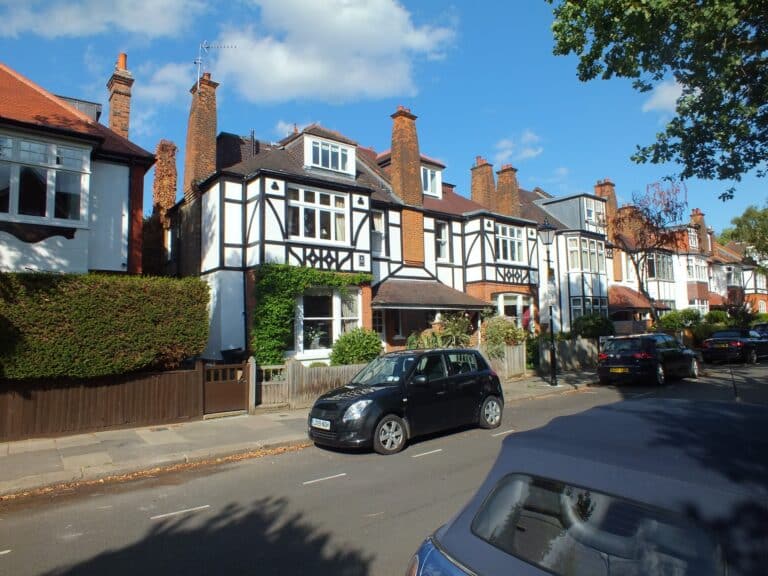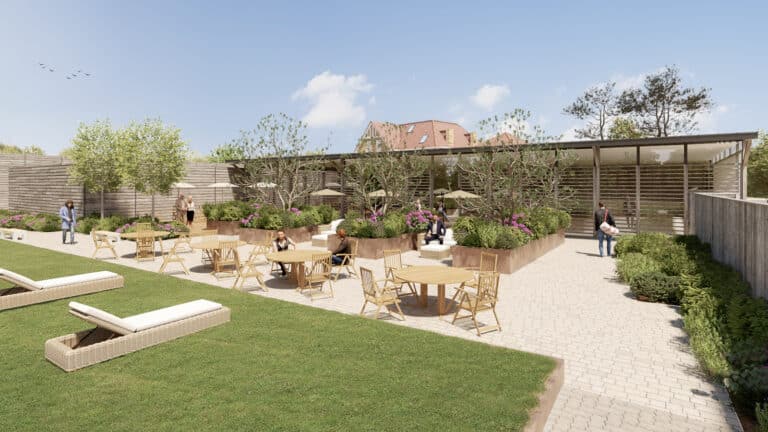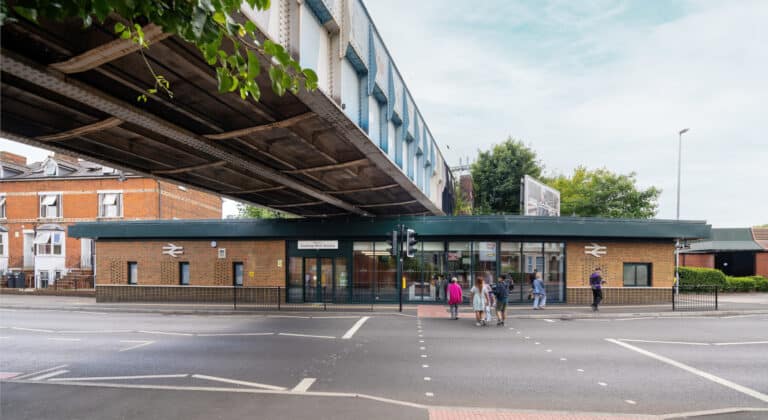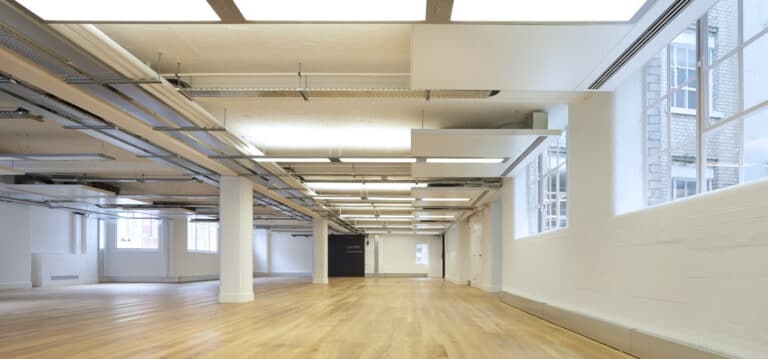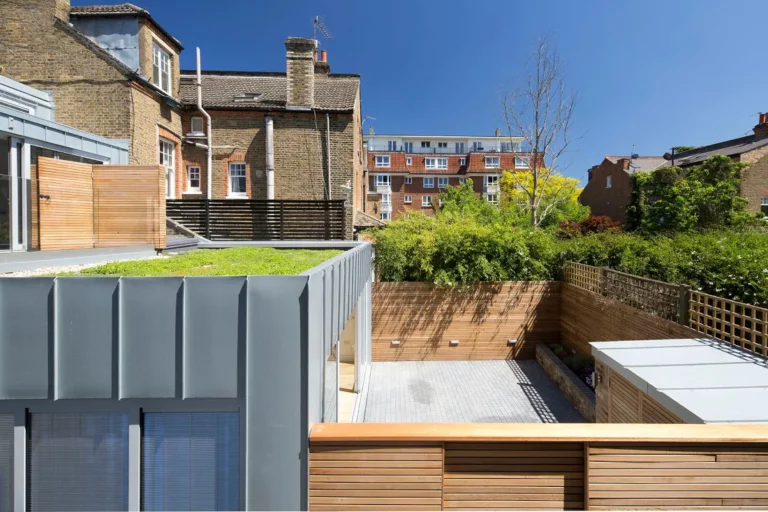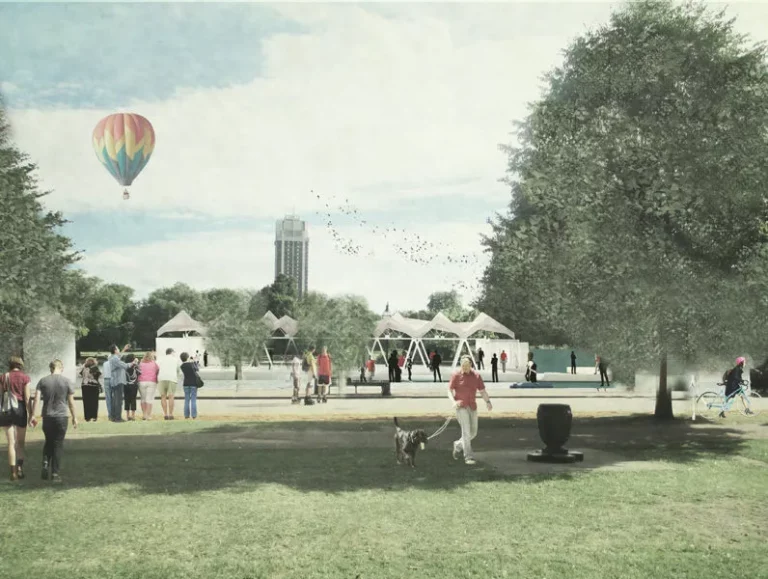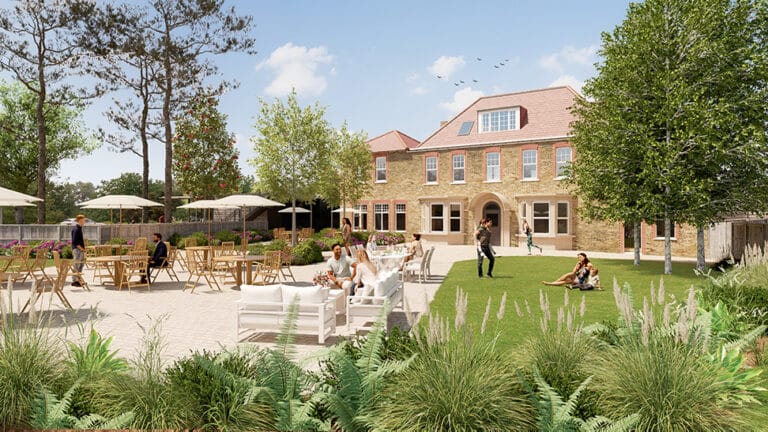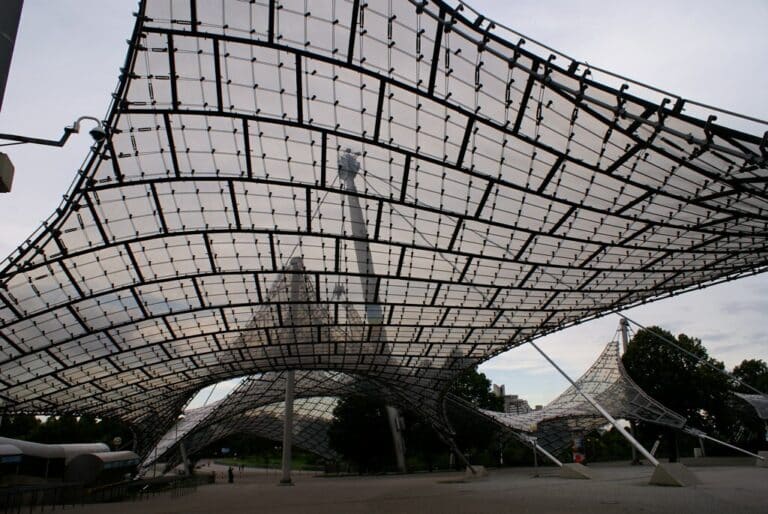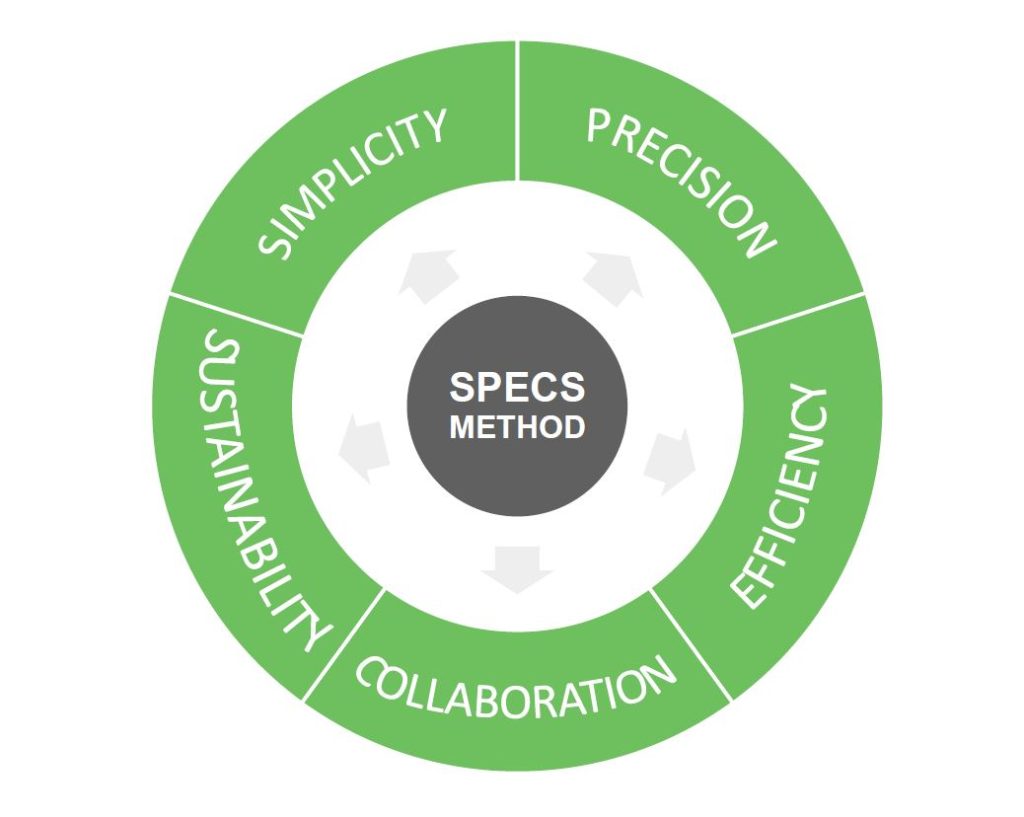There are frequently tensions in a project, for example between energy conservation and heritage or between development and protection of a conservation area. The local planning authority and residents may be hesitant to accept your proposed development.
Through our work on various projects, we have experience in tackling seemingly unresolvable tensions in a project. Here is how you do it:
👉We have found that collaboration with the local authority (LA) has been the best way to resolve these tensions.
👉Your success in building a convincing value proposition is through storytelling. The story you present to the public needs to outline how the project will benefit the community. This is particularly important if you are building in a conservation area, the green belt, or on metropolitan open land.
👉The VSCs or very special circumstances must be clearly articulated. These might be public access to the facilities you are building, biodiversity net gain, employment opportunities, landscape design, use of locally sourced materials, microgrids and local energy production and sustainable building.
👉Our recommendation is to embrace teamwork with knowledgeable parties who can enrich your design. We approached projects collaborating with both our engineers and the local authority. We benefit from the LAs knowledge of the area which helps us realise your vision and expertise and reduce planning risk.
👉Our key collaborators include the mechanical (environmental) engineer who is critical in helping us to achieve our energy conservation and heritage aims. We always try and incorporate natural ventilation wherever possible to reduce loads on the mechanical system.
This approach requires more design time and more collaboration, but it does result in a more sustainable project.
Through collaboration we can balance the relationship between energy conservation and heritage and achieve what you and the local council require.
You will need to engage a strong team that includes yourself, the architects, engineering consultants, local authority and contractors who build a compelling value proposition and consider future risk that you need to consider including climate change and flooding for example.
Through collaboration and teamwork your team can overcome planning challenges and balance both energy conservation and heritage demands. You project will then make a more profund contribution to the community you work and live in.
We do this every day, we have used these principles recently on the Masonic Project and The River Club.
If you need help with a complex project then lets chat.


